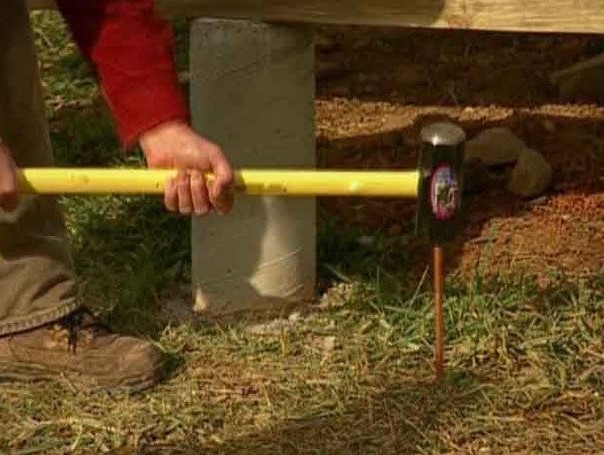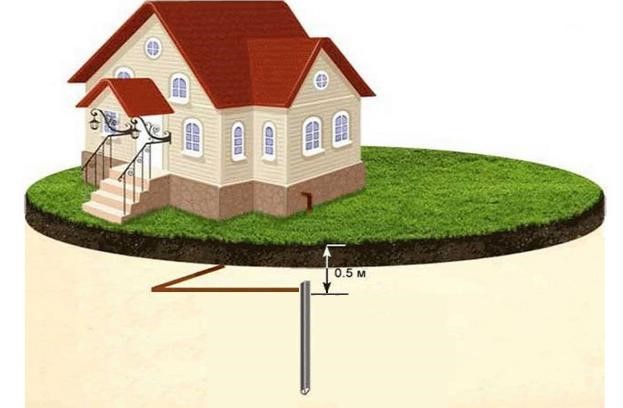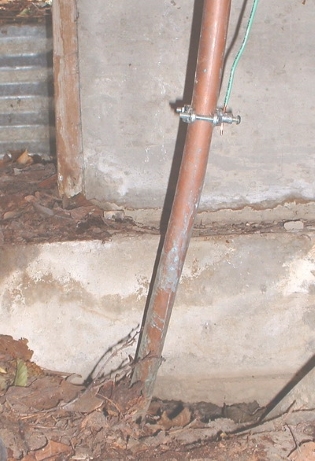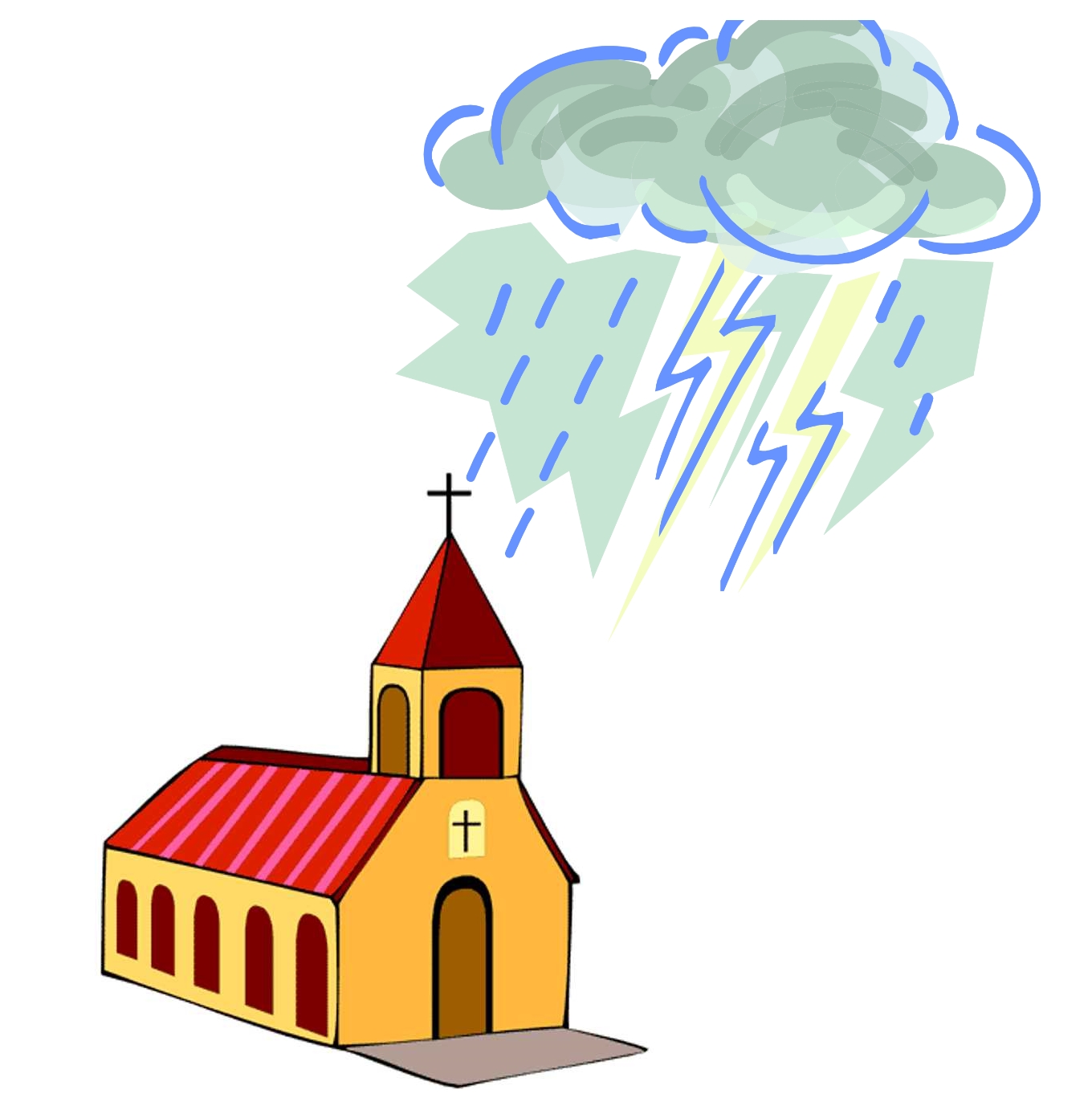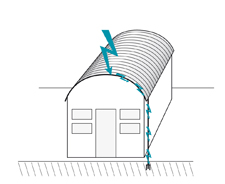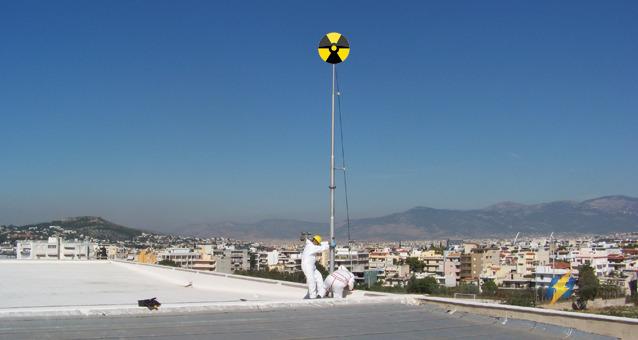.jpg)
Lightning protection regulatory documents recommend using natural lightning rods and arresters. Departmental standard SO 153-34.21.122-2003 contains many requirements and limitations to natural lightning rods, although a pretty loyal approach is applied to their grounding electrodes.
According to SO, metal roofs themselves as well as their structures, decorations, and fencing, elements of waterspouts, process metal pipes and reservoirs can be used as natural lightning rods. Some requirements related to the minimum metal thickness and cross-section of the element, electrical continuity between the parts, presence of close flammable structures and danger of unacceptable consequences if these parts are damaged by the lightning strike have been established. These requirements are directed to the lightning strike receipt in a way safe for the facility.
Generally, lightning rods should be connected to the natural grounding arrangement, i.e. to already existing one due to design solutions of the facility, or to the artificial arrangement, i.e. which has been developed to drain lightning currents.
According to the requirements of SO, item 3.2.3.3, interconnected reinforcement bars or other underground metal structures meeting the requirements of item 3.2.2.5 may be used as natural grounding electrodes. If reinforcement bars are used as grounding electrodes, enhanced requirements are established to their connections to prevent mechanical destruction of concrete. If stressed concrete is used, take into account possible consequences of lightning current flowing which may cause unacceptable mechanical loads.
To create an artificial grounding electrode of natural lightning rods as per item 3.2.3.2, it is feasible to use one or more circuits, vertical (or inclined) electrodes, radially extending electrodes, or grounding circuit laid on the foundation pit bottom, grounding grids.
Very deep grounding electrodes are efficient if soil resistivity reduces along with the depth decrease and becomes significantly less at greater depth than when it is typically located.
Grounding electrode as an external circuit is preferably installed at the depth of at least 0.5 m from the ground surface and at the distance of at least 1 m from the walls. Grounding electrodes should be located at the depth of at least 0.5 m beyond the protected facility and should be as uniformly distributed as possible, and we should aim to minimize their mutual shielding.
Depth and type of grounding electrodes are chosen so as to provide minimum corrosion as well as the lowest possible seasonal variations of the grounding resistance as a result of soil drying and freezing.
Item 3.2 of SO 153-34.21.122-2003 comprises requirements to materials and cross-sections of elements of a grounding arrangement. The standard does not allow the use of aluminium grounding electrodes while prescribing the use of steel or copper elements with the cross-section of at least 80 and 50 mm2, respectively.
If you need to calculate and design the grounding arrangment for natural lightning arresters, contact the ZANDZ Technical Center to obtain calculations free of charge!
Related Articles:
